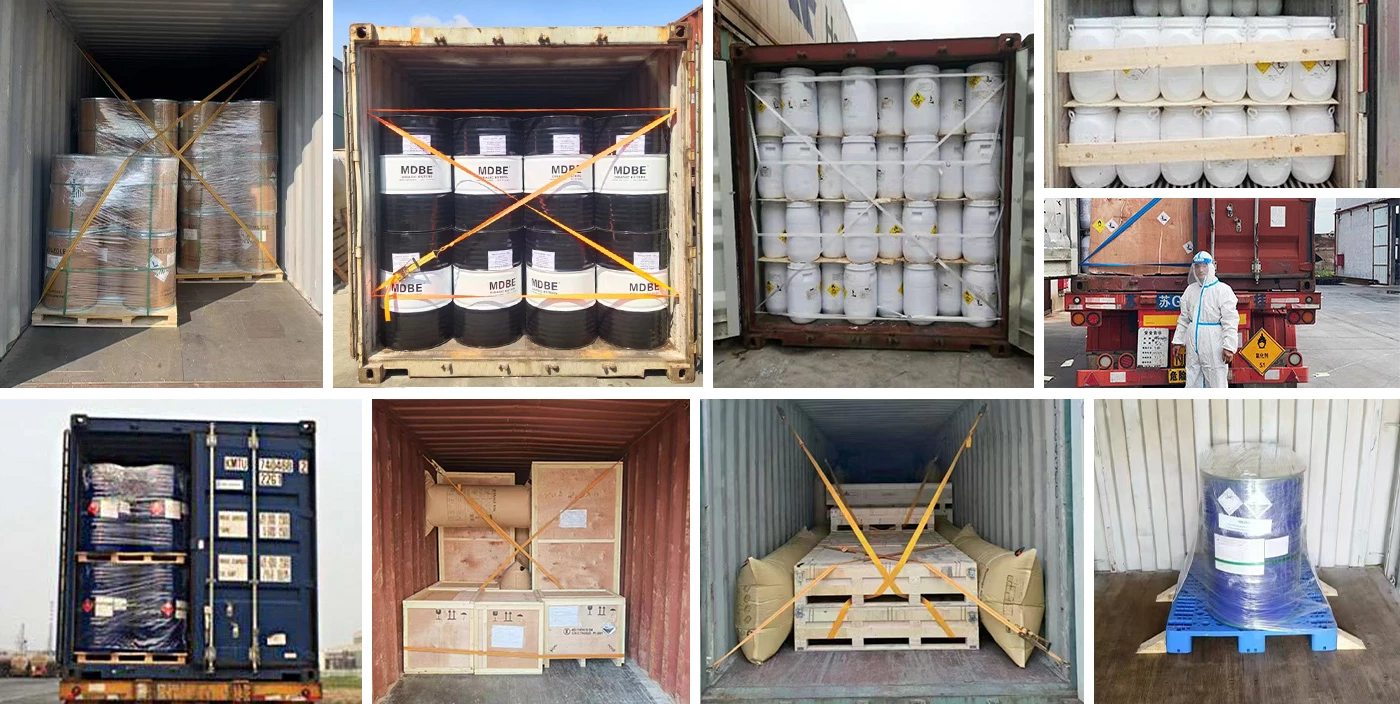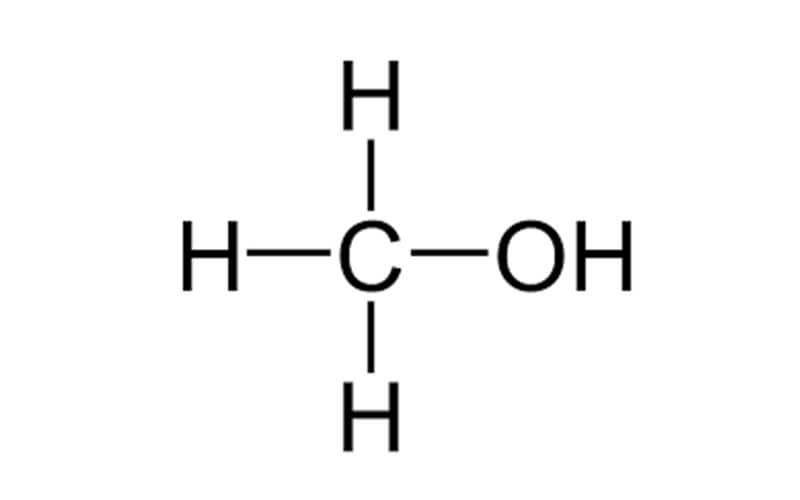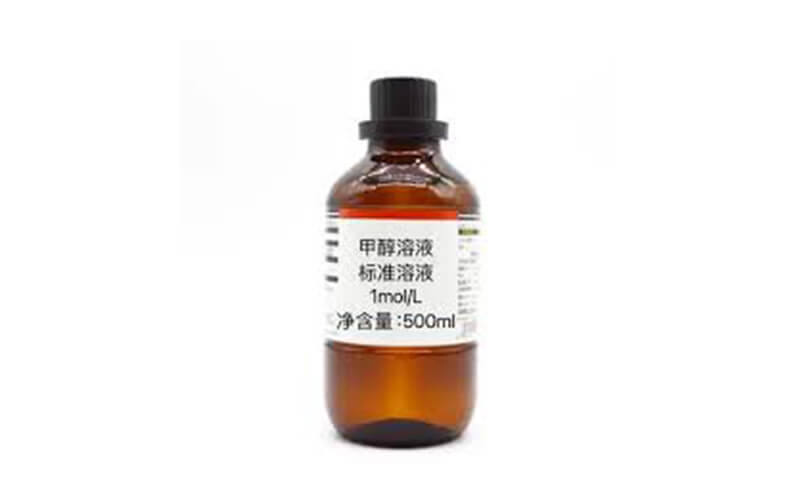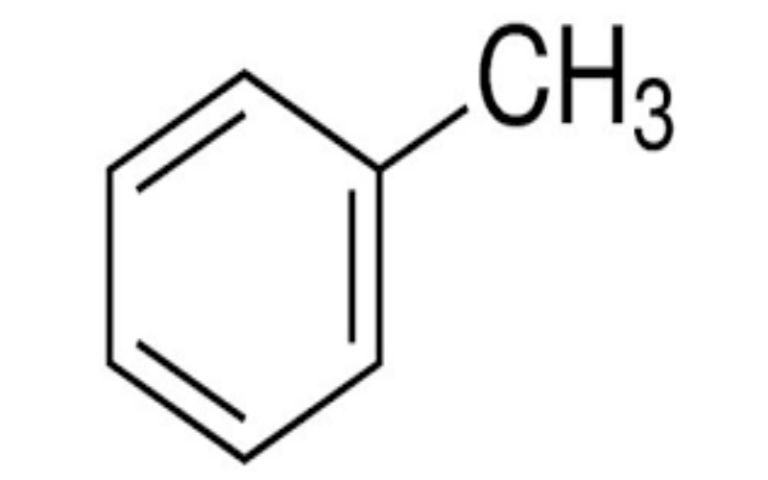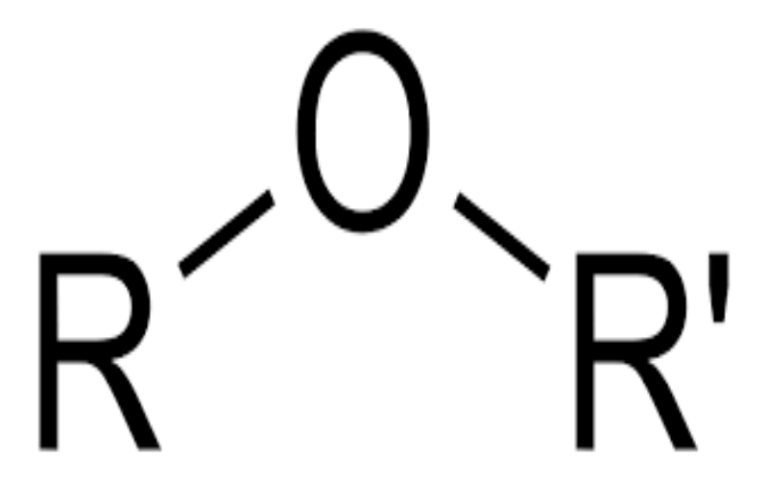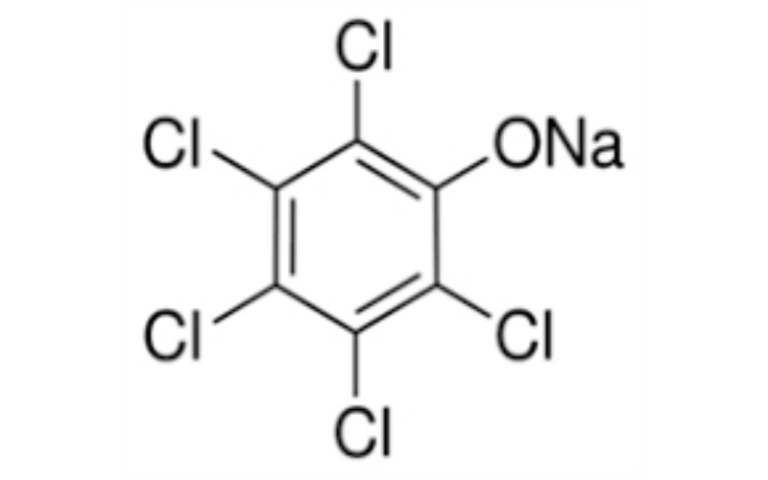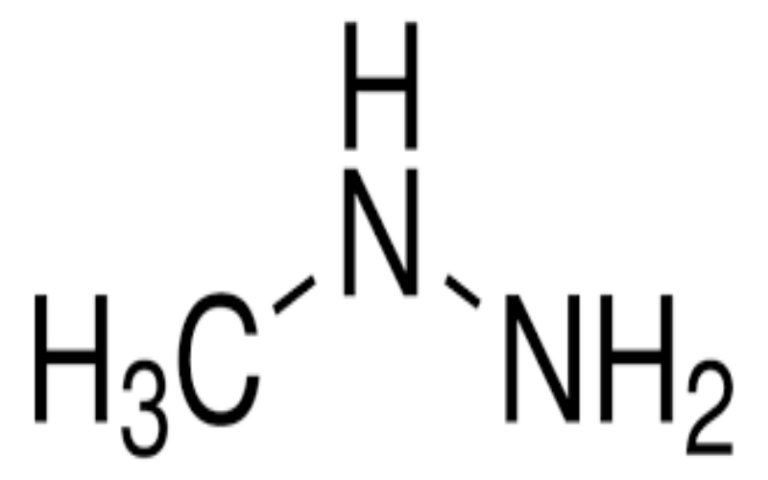Description
Physical State; Appearance
COLOURLESS LIQUID WITH CHARACTERISTIC ODOUR.
Physical dangers
The vapour mixes well with air, explosive mixtures are easily formed.
Chemical dangers
Reacts violently with strong oxidants, acids and reducing agents. This generates fire and explosion hazard.
STORAGE
Separated from incompatible materials. Cool. Fireproof. Keep in a well-ventilated room.
Exposure & health effects
| Routes of exposure The substance can be absorbed into the body by inhalation, through the skin and by ingestion. Effects of short-term exposure The substance is irritating to the eyes, skin and respiratory tract. The substance may cause effects on the central nervous system. This may result in loss of consciousness. Exposure could cause blindness and death. The effects may be delayed. Medical observation is indicated. | Inhalation risk A harmful contamination of the air can be reached rather quickly on evaporation of this substance at 20°C. Effects of long-term or repeated exposure Repeated or prolonged contact with skin may cause dermatitis. The substance may have effects on the central nervous system. This may result in persistent or recurring headaches and impaired vision. |
Occupational exposure limits
TLV: 200 ppm as TWA; 250 ppm as STEL; (skin); BEI issued.
EU-OEL: 260 mg/m3, 200 ppm as TWA; (skin).
MAK: 130 mg/m3, 100 ppm; peak limitation category: II(2); skin absorption (H); pregnancy risk group: C
Our company specializes in hazardous chemicals, flammable and explosive chemicals, toxic chemicals (legal export), ultra-pure and high-purity reagents. Welcome to contact us.
Packing and shipping
